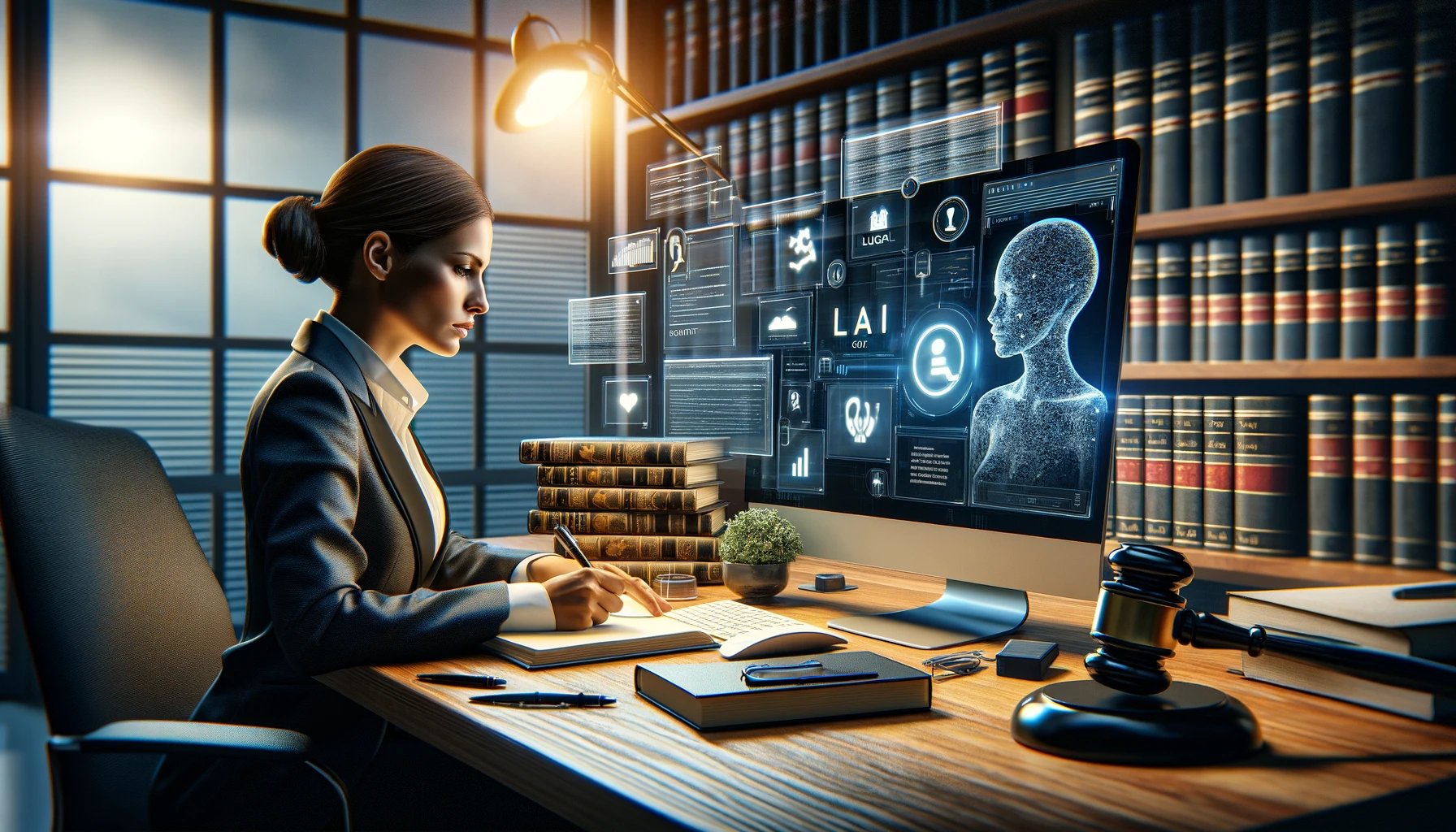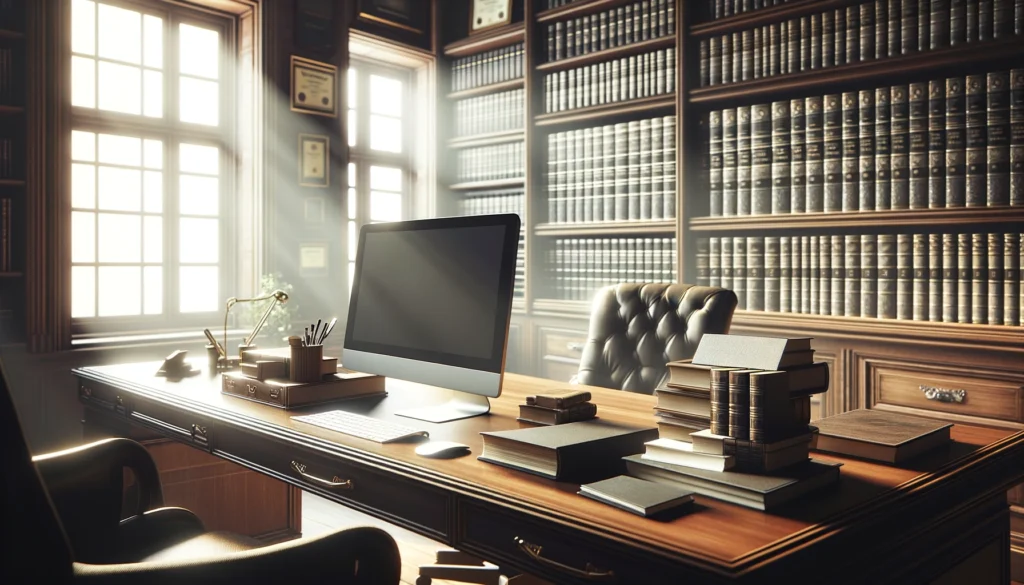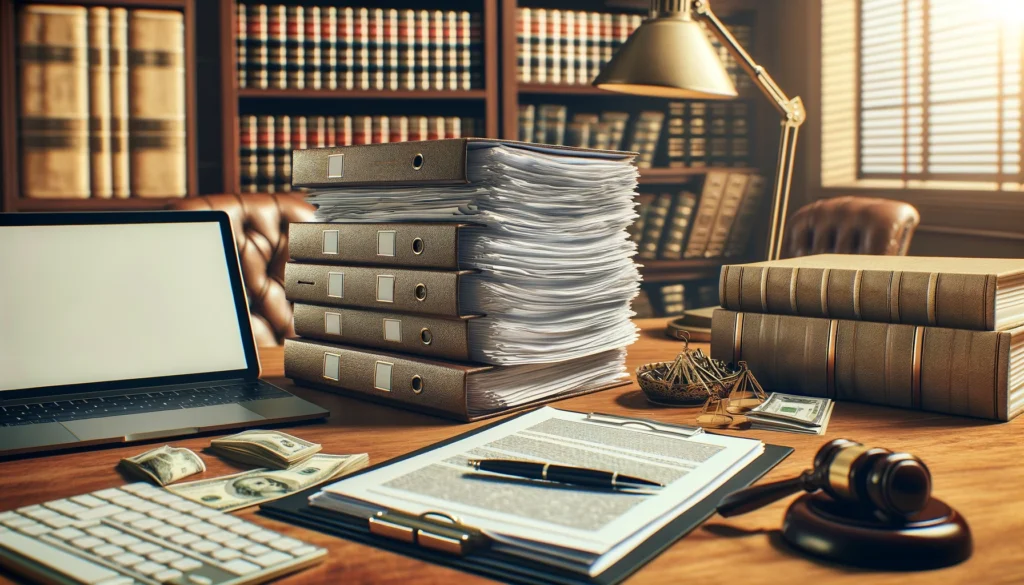
Setting the Stage: Embracing AI in Legal Work
The legal industry is in the midst of a technological renaissance, with AI increasingly permeating its various facets. Tools like ChatGPT are not only enhancing efficiency but also drastically transforming the workflows of lawyers and paralegals alike. Harnessing AI offers manifold benefits, notably in preparing trial exhibits for personal injury cases. This article delves into the practical applications of ChatGPT, illustrating how this advanced tool can streamline the preparation process and elevate the quality of trial exhibits.
Leveraging ChatGPT for Initial Case Analysis
Once you’ve embraced AI, the first step is leveraging ChatGPT for a comprehensive initial case analysis. ChatGPT can adeptly summarize case details, allowing paralegals to focus on strategic aspects. For example, prompts such as “Summarize the key facts of this personal injury case involving a vehicle accident” provide a solid foundation for further preparation.
To extract crucial information automatically, use creative prompts like:
- “Identify the main witnesses and their relevance to the case.”
- “Highlight the most critical pieces of evidence in this case summary.”
This method helps in meticulously organizing and prioritizing case components, ensuring that nothing slips through the cracks. By automating the initial analysis phase, paralegals can save valuable time, which can then be devoted to more complex tasks.
Also read:
Crafting Compelling Exhibit Lists with AI Assistance
With foundational analysis in place, the next challenge is to craft an exhaustive and compelling exhibit list. ChatGPT proves invaluable here with its ability to generate detailed lists based on guided prompts. For instance, asking “List all potential exhibits for a slip-and-fall incident” can unearth hidden gems otherwise overlooked.
Refining and categorizing these exhibits is another critical step. Use systematic categorization prompts such as:
- “Group the exhibits by relevance to key issues.”
- “Sort the exhibits by type, such as photographs, documents, and physical evidence.”
Finally, ensuring relevancy and adherence to legal standards is crucial. ChatGPT can act as a virtual checklist, with prompts like “Check the relevancy of these exhibits according to legal standards for personal injury cases,” thereby maintaining the integrity and quality of your exhibit list.
Also read:
Generating Visual Aids and Diagrams: A New Frontier
Visual aids and diagrams offer another frontier for AI capabilities. ChatGPT can assist paralegals in producing clear and informative visuals by generating foundational descriptions which can then be enhanced using specialized software.
Effective prompts might include:
- “Create a diagram illustrating the scene of the accident.”
- “Generate a flowchart that explains the timeline of events leading up to the incident.”
Combining AI-generated content with tools like Microsoft Visio or Lucidchart ensures your diagrams are both precise and visually appealing. This collaboration enhances the jury’s comprehension, reinforcing your arguments effectively.
Also read:
Drafting Persuasive Display Narratives
With visuals ready, the narrative accompanying each exhibit is equally vital. AI-driven techniques can help craft compelling narratives that align with your case strategy.
Consider prompts such as:
- “Draft a persuasive narrative explaining the significance of Exhibit A.”
- “Write a compelling background story for the visual aid showing the accident timeline.”
Ensuring these narratives coordinate with the overall strategy and using nuanced prompts to capture the appropriate tone and intent is key. This alignment ensures that each exhibit not only speaks for itself but also reinforces the collective impact of your case.
Reviewing and Iterating with ChatGPT
Once drafts and visuals are prepared, the next step is thorough review and iteration. ChatGPT can assist in conducting quality checks, suggesting improvements, and ensuring consistency across all exhibits.
Utilize prompts like:
- “Review and highlight any inconsistencies in these exhibit descriptions.”
- “Suggest improvements based on typical personal injury case presentations.”
By continuously iterating based on feedback, the final exhibits will exude accuracy, coherence, and persuasiveness, enhancing the overall impact of your case presentation.
Also read:
Future-Proofing Your Workflow: Best Practices for AI Integration
To remain competitive, it is imperative to future-proof your workflow through effective AI integration. Embracing this technology offers long-term benefits including heightened efficiency and enhanced accuracy.
Developing AI literacy among your team and staying abreast of advancements ensures you are maximally leveraging these tools. Encourage continuous learning and adaptability to fully exploit the capabilities of AI, thereby refining your legal practices consistently.
Also read:
Wrapping it Up: Transforming Efficiency and Efficacy in Legal Preparations
The integration of AI, particularly ChatGPT, into the preparation of personal injury trial exhibits heralds a transformative leap in both efficiency and effectiveness. With precision-driven analysis, compelling exhibit lists, and persuasive narratives, AI empowers legal professionals to excel in their practice. Embrace this evolution for sustained success and continuous innovation in your legal endeavors. The future of legal work is undeniably AI-enhanced, promising a smarter, swifter path to justice.


